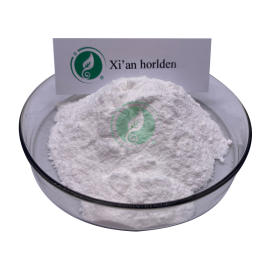-
Categories
-
Pharmaceutical Intermediates
-
Active Pharmaceutical Ingredients
-
Food Additives
- Industrial Coatings
- Agrochemicals
- Dyes and Pigments
- Surfactant
- Flavors and Fragrances
- Chemical Reagents
- Catalyst and Auxiliary
- Natural Products
- Inorganic Chemistry
-
Organic Chemistry
-
Biochemical Engineering
- Analytical Chemistry
- Cosmetic Ingredient
-
Pharmaceutical Intermediates
Promotion
ECHEMI Mall
Wholesale
Weekly Price
Exhibition
News
-
Trade Service
Analysts currently expect wheat production to hit the third highest level in history due to the recovery of wheat yield and the increase in spring wheat planting area
.
According to the consulting agency Agritel, Russia’s winter wheat and spring wheat production in the 2021/22 season (July to June of the following year) is expected to be 82.
3 million tons, excluding the Crimea region.
In contrast, forecasts for April and November last year They are 78.
1 million tons and 78.
3 million tons respectively
.
3 million tons, excluding the Crimea region.
In contrast, forecasts for April and November last year They are 78.
1 million tons and 78.
3 million tons respectively
.
In the Crimea region, wheat production is expected to be 800,000 tons, higher than the previous forecast of 500,000 tons, and also higher than the previous year's 540,200 tons
.
.
Russian wheat production this year will be about 2.
5 million tons less than in 2020/21, but it is 5% higher than the five-year average
.
5 million tons less than in 2020/21, but it is 5% higher than the five-year average
.
The total sown area of wheat is estimated to be 28.
25 million hectares, of which 15.
2 million hectares of winter wheat and 13.
05 million hectares of spring wheat.
The latter will increase by about 1 million hectares over the previous year
.
25 million hectares, of which 15.
2 million hectares of winter wheat and 13.
05 million hectares of spring wheat.
The latter will increase by about 1 million hectares over the previous year
.
The winter wheat yield is expected to be 3.
87 tons/ha, which is 5% higher than the five-year average and also higher than the 3.
77 tons/ha in the previous year
.
The spring wheat yield is expected to be 1.
8 tons per hectare, compared to the 10-year average of 1.
73 tons and 1.
88 tons in the previous year
.
87 tons/ha, which is 5% higher than the five-year average and also higher than the 3.
77 tons/ha in the previous year
.
The spring wheat yield is expected to be 1.
8 tons per hectare, compared to the 10-year average of 1.
73 tons and 1.
88 tons in the previous year
.
From November to April, the situation in the main wheat-producing regions of Russia was divided, because the southern federal region had good weather conditions, while central Russia and the Volga region continued to be dry
.
This prompted many farmers in central Russia and the Volga region to choose to grow spring wheat
.
.
This prompted many farmers in central Russia and the Volga region to choose to grow spring wheat
.
Rains occurred in central Russia and the Volga region in late spring, and the weather became mild, which favored spring wheat
.
The only areas of concern are the Ural region and southern Siberia, where hot and dry weather prevents the emergence of spring wheat
.
.
The only areas of concern are the Ural region and southern Siberia, where hot and dry weather prevents the emergence of spring wheat
.







